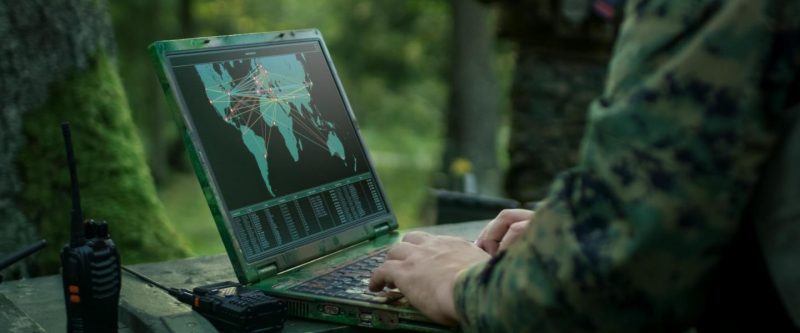SES and Isotropic Systems Test Multi-Beam Antenna for DoD Broadband Program

The Defense Experimentation Using Commercial Space Internet (DEUCSI) program tests commercial LEO capabilities. Photo: Isotropic Systems/Business Wire
SES Government Solutions and Isotropic Systems have completed two antenna trials with the U.S. military. These trials are part of the DEUCSI program — Defense Experimentation Using Commercial Space Internet — a Department of Defense (DoD) initiative to test broadband from commercial constellations in Non-Geostationary Orbit (NGSO).
The U.S. Air Force and the U.S. Army are evaluating Isotropic’s optical beamforming antenna through a contract first announced in September 2020. SES and Isotropic have an ongoing partnership on terminal development, and SES led Isotropic’s latest funding round.
The companies announced Thursday that two tests have been conducted. The first, at the Harwell Science, Technology and Innovation Campus near Oxford in the United Kingdom, demonstrated that the transformational optics in Isotropic Systems’ multi-beam terminal can link with multiple satellites at the same time.
Additionally, Over-the-Air (OTA) trials at an SES teleport in Port St. Lucie, Florida, verified the Isotropic Systems’ platform meets military requirements to acquire and track SES’ O3b Medium-Earth Orbit (MEO) satellites. Future trials will test Isotropic Systems’ latest antenna prototype over links with SES satellites in GEO and MEO.
“The armed forces and defense agencies are incredibly good at acquiring actionable information, but they run into bottlenecks when they try to distribute that mission-critical data over single beam parabolic antennas and other outdated infrastructure,” commented Scott Sprague, Isotropic Systems CCO. “These milestone trials with the U.S. Army and Air Force are successfully demonstrating the multi-beam, multi-orbit connectivity and capabilities our high-performance terminals will put in the hands of frontline warfighters.”
Editor’s note: The headline on this piece has been adjusted for clarity.